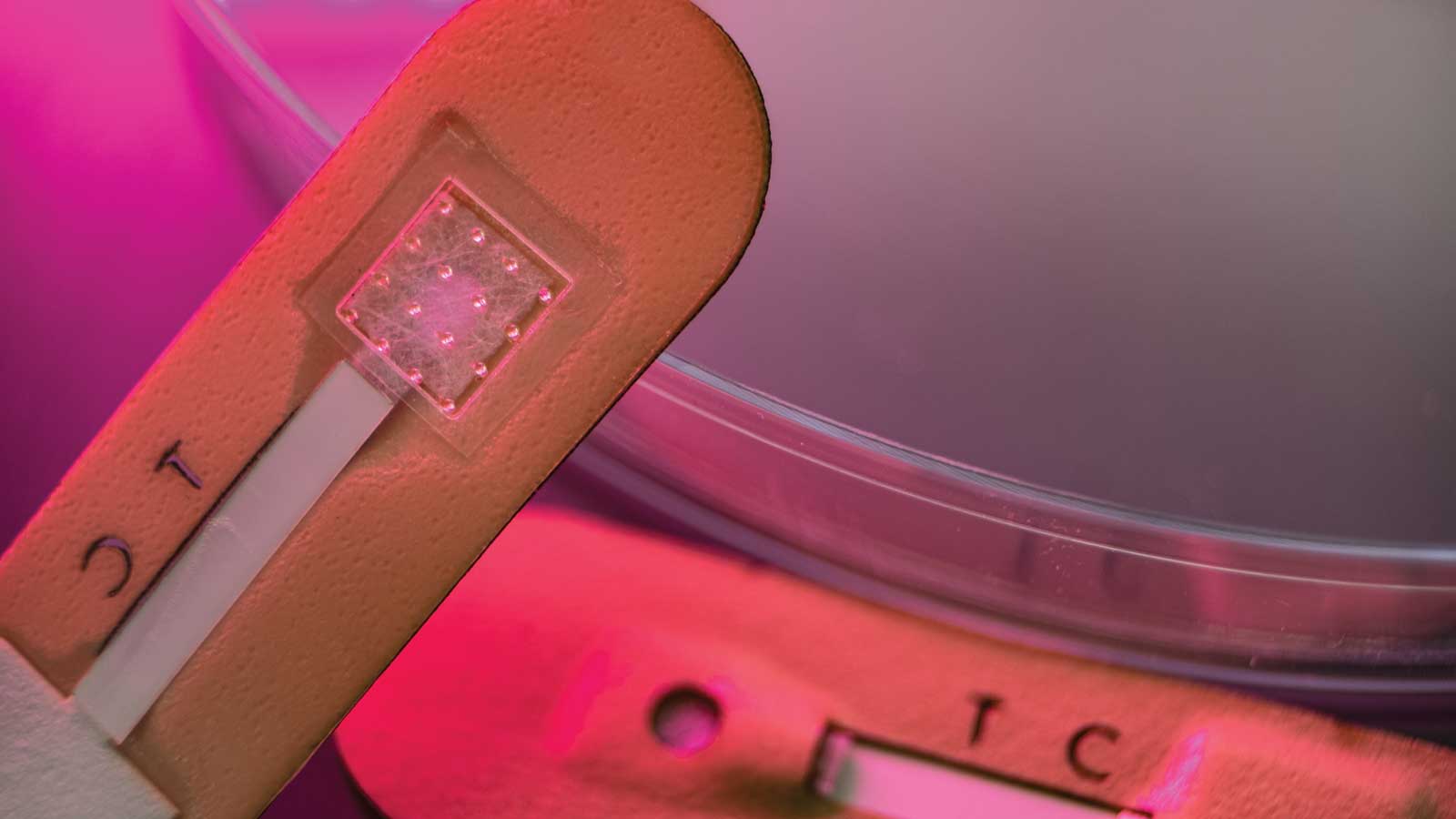The complaints heard most often about the COVID-19 pandemic regard the scarcity of reliable tests and the time required to get the results.
Until recently, the only method for detecting severe acute respiratory syndrome coronavirus 2 (SARS-CoV-2), the viral cause of COVID-19, was nucleic acid testing based on real-time polymerase chain reaction (PCR), a procedure that is laborious, time-consuming and must be performed by skilled technicians.
Even more troubling, the accuracy of PCR-based tests is influenced by such factors as variations in the sample collection process and how soon the sample was obtained after the start of infection, which can lead to false-negative test results.

“It’s called the novel coronavirus for a reason. There’s a lot we still don’t know about it. Now we are scrambling with the basic science and the practical applications of testing and treatment,” said Peter Lillehoj, associate professor of mechanical engineering (MECH).
In 2015, while working at Michigan State University as an assistant professor, Lillehoj headed a team of researchers who were awarded a $1.8 million grant from the National Institutes of Health to develop technology using mobile phones to diagnose cerebral malaria. Now at Rice, Lillehoj is adapting a similar technology to detect COVID-19.
“The test is primarily aimed at use by healthcare workers. The emphasis is on being rapid, inexpensive and simple-to-operate,” Lillehoj said.
In collaboration with Dr. James Musser of the Methodist Hospital Research Institute, Lillehoj is developing a mobile phone-based serological test for the rapid detection of COVID-19 viral proteins. Its portability, simplicity and wireless-data-transmission capacity will make it useful in remote and resource-limited settings. The goal is a test that can accurately detect COVID-19 infection while being faster and simpler to use than current methods which must be performed in a laboratory setting.
In addition to a conventional smartphone, the device requires a compact potentiostat (electronic hardware required to perform electrochemical measurements) and a disposable microfluidic cartridge. The cartridge is pre-loaded with dried reagents and also contains a waste-collection reservoir and electrochemical sensors to detect SARS-CoV-2 viral proteins.
“In addition,” Lillehoj said, “recent research has shown a correlation between SARS-CoV-2 protein levels in plasma and disease severity, and therefore test results could also aid in patient stratification and assisting clinicians in prioritizing severe COVID-19 patients.”
Lillehoj’s work is supported by one of the COVID-19 research grants awarded by Rice to support projects to help curtail the pandemic and prepare for future outbreaks. The Research Fund Oversight and Review Committee issued grants to Rice faculty members working on coronavirus-related projects in partnership with the city of Houston, the Texas Medical Center and other institutions.
Lillehoj earned his M.S. and Ph.D. in MECH from the University of California, Los Angeles in 2008 and 2011, respectively. He joined the Rice faculty this year.

